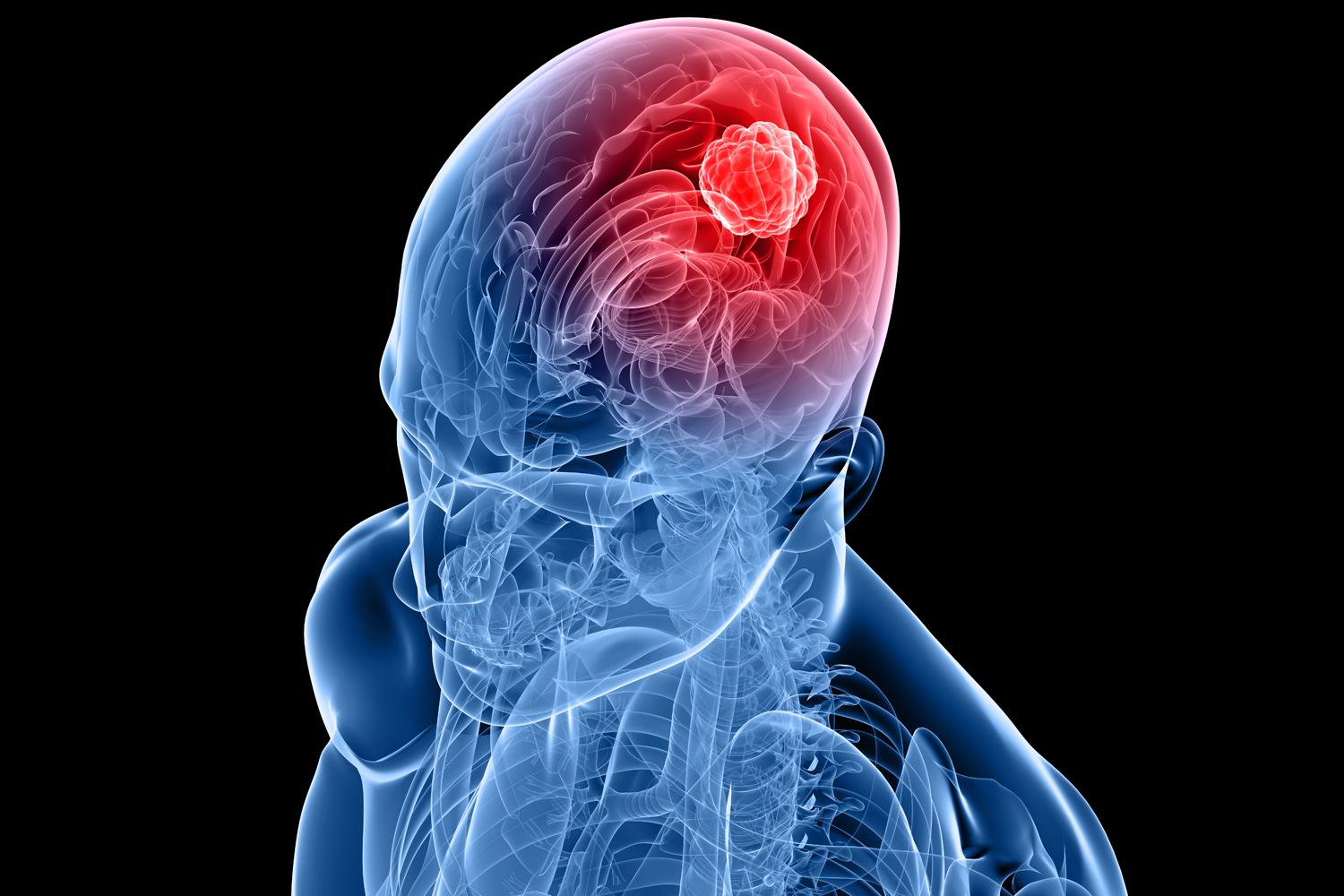COMBINING A NEW DRUG with standard radiation may safely improve treatment for people with an aggressive form of brain cancer, according to a study presented April 9 at the American Association for Cancer Research (AACR) Annual Meeting 2024 in San Diego. (The AACR publishes Cancer Today.)
People diagnosed with glioblastoma, a fast-growing cancer that accounts for nearly half of all brain tumors, face a daunting prognosis. Most patients do not live more than two years beyond their diagnosis, and new therapies are needed to increase that survival time, according to Jonathan T. Yang, lead author of the study and a radiation oncologist at Memorial Sloan Kettering Cancer Center in New York City. “In the past 20 years or so, we haven’t really come up with a regimen to combine with radiation therapy upfront that pushed the needle any further,” he said.
The current standard of care for glioblastoma is intensity-modulated radiation therapy, which works by damaging the cancer cells’ DNA. However, this damage triggers the ataxia telangiectasia mutated (ATM) cell signaling pathway, which repairs the DNA, countering the work done by radiation. Researchers have developed a new drug that prevents that repair work, allowing radiation to effectively kill cancer cells.
In the phase I clinical trial, 115 people with glioblastoma received the ATM kinase inhibitor AZD1390 and standard radiation. The drug, which is taken orally, was designed to cross the blood-brain barrier, a network of cells that prevents harmful substances from reaching the brain but also stops most treatments from reaching brain tumors. A prior phase 0 study found relevant concentrations of AZD1390 in participants’ tumors, showing it could successfully cross the barrier, according to Yang.
All participants received daily doses of AZD1390 during radiation. While 75 patients with recurrent disease had two weeks of radiation, 40 people who had recently been diagnosed did so for six weeks. All participants continued to receive the drug for two additional weeks to address radiation’s lingering ability to damage DNA, according to Yang.
While researchers are still assessing the drug’s impact on survival, early findings indicate AZD1390 may improve treatment outcomes. Among 21 participants who had two weeks of radiation, the median overall survival is 12.7 months—above the current average of six to 10 months. In the same group, the median event-free survival—which measures the time until cancer progression, treatment discontinuation or death—was 4.7 months. No overall or event-free survival data are available for the other cohort.
“The data from this first-in-patient study demonstrated the potential for AZD1390 to act as a radiosensitizer for the treatment of [glioblastoma],” Yang said.
Another key goal of the trial was to assess the drug’s safety when taken concurrently with radiation. Most participants experienced mild side effects, including fatigue, headache and nausea, while some in the group receiving six weeks of radiation also reported radiation-related skin injuries. Few people experienced a serious or severe side effect, and no patients died from side effects of the drug. While some participants did discontinue AZD1390 use, none reported discontinuing radiation due to a treatment-related side effect.
“These are well-tolerated doses that we predict to have clinical efficacy,” Yang said.
Cancer Today magazine is free to cancer patients, survivors and caregivers who live in the U.S. Subscribe here to receive four issues per year.





